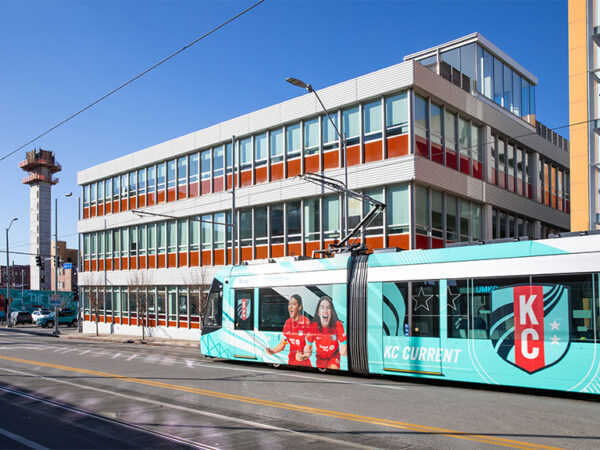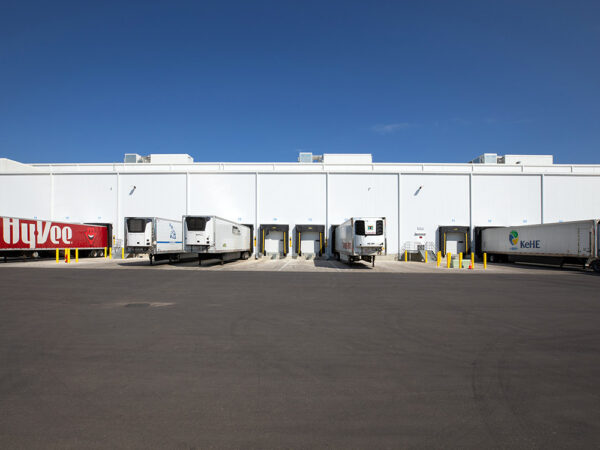Newmark Zimmer’s Kansas City market reports provide a comprehensive overview of current real estate conditions by sector and submarket. Newmark Zimmer is constantly monitoring market indicators, tracking and analyzing supply and demand drivers, cyclical patterns and industry trends. The following quarterly research data examines the multifaceted Kansas City commercial real estate market.
The Kansas City industrial market tightened with 739,865 SF of net absorption during the fourth quarter of 2024. Vacancy held steady at 5.4%, as net absorption offset 359,809 SF of new deliveries. Leasing activity and rent growth for midsized and small-bay industrial spaces are expected to remain strong in 2025. The construction pipeline contracted to 10.3 million SF, down from 10.7 million SF in the previous quarter. As the recently completed inventory is leased, the next construction cycle will present limited alternatives, likely driving vacancy rates lower. Of the total 10.3 million SF build-to-suit and speculative pipeline, over 7.9 million SF (76%) is allocated to build-to-suit projects, including Panasonic’s 4.7 MSF facility, Ace Hardware’s 1.5 MSF, Heartland Coca-Cola’s 600,000 SF, and Walmart’s 330,000-SF beef plant.
The Kansas City office market recorded 41,729 SF of net absorption during the quarter, reducing the year-to-date total to negative 323,575 SF. This marks the second consecutive quarter of positive absorption, driven by tenants taking advantage of favorable leasing conditions. The non-owner-occupied construction pipeline has remained inactive since the fourth quarter of 2018, with just 60,100 SF currently under construction. Vacancy rates decreased by 10 basis points to 16.7% and are projected to decline further toward 16.0% as the market continues to stabilize. Asking rental rates are anticipated to ease in the coming quarters. Year-over-year, asking rental rates increased by 2.1% in 2024.
The Kansas City retail market remained stable in Q4 2024, with steady leasing activity and strong demand for retail space. Vacancy rates experienced minimal fluctuations, reflecting high occupancy levels, while rental rates saw moderate increases, particularly in high-traffic and mixed-use areas. Consumer spending remained solid, supported by holiday shopping, though inflationary pressures tempered overall growth. New retail developments were limited, with a primary focus on mixed-use projects, and investor interest persisted in well-performing submarkets.
The pace of investment activity in the Kansas City market slowed during the past four quarters, with sales volume totaling $2.2 billion, a decrease of 34.9% compared to the prior five-year average. As a leading second-tier market, the Kansas City Metropolitan area ranked sixth out of the largest 13 Midwest markets in total sales volume during the past 12 months, with multifamily and retail assets combining 71.2% of the Metro’s activity.
For a more detailed view of the industrial, office, retail and investment commercial real estate markets, please visit the research section of Newmark Zimmer’s website. Additionally, national reports and market insights are available online through Newmark.



